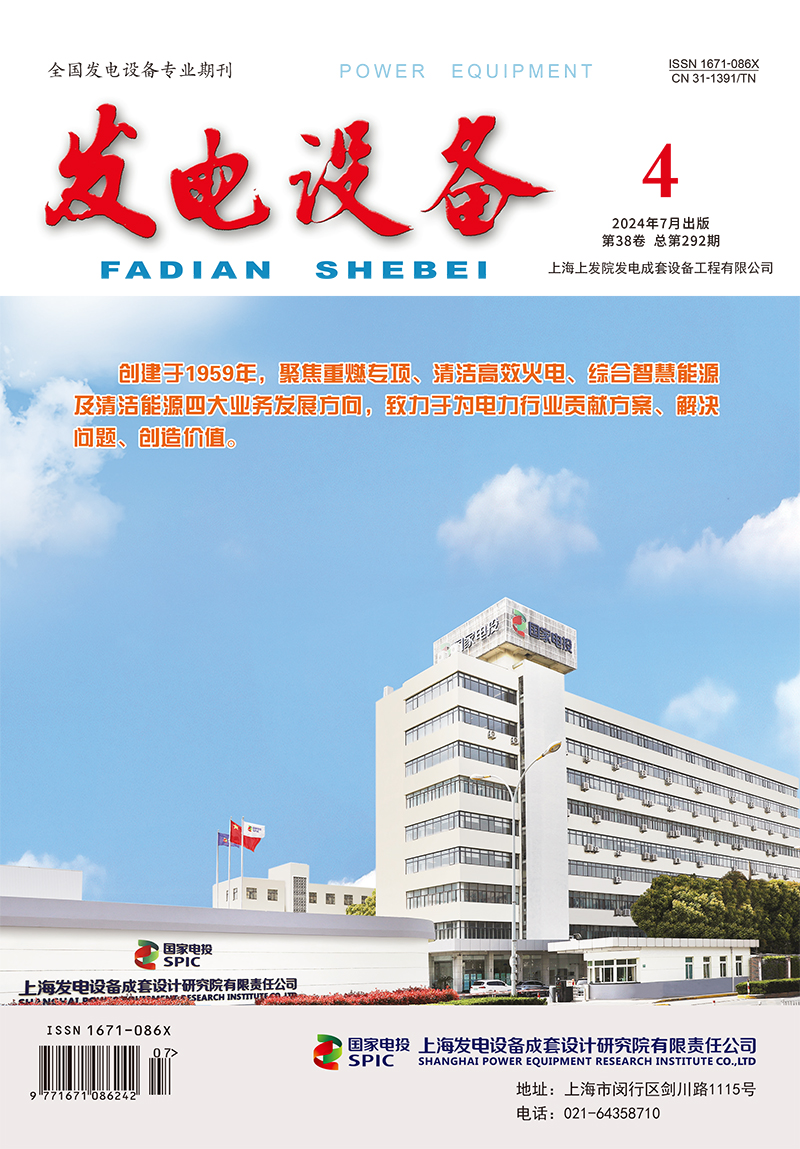Automatic Control
Luo Xiaojun, Li Ruiping, Wang Chi, Lu Wanglin, Bao Jiaqi, Zhao Huirong
For the defect of insufficient control ability of energy storage battery when participating in primary frequency modulation of thermal power generating unit, an adaptive comprehensive control method was proposed to optimize energy storage battery output based on primary frequency modulation characteristics and the state of charge (SOC) of energy storage battery. By analyzing the frequency modulation characteristics of the power grid, the virtual inertia control was improved to get the virtual negative inertia control. In the early stage of frequency modulation, the energy storage battery output was mainly based on droop control and supplemented by inertial control. In the frequency recovery period, it was mainly based on the inertial control and supplemented by droop control. In order to optimize the power output of energy storage battery, an adjustment strategy of adaptive output coefficient was set based on logistic function to maintain a good state of SOC. Taking a typical single region power grid as an example, a MATLAB/Simulink simulation model was built to verify the proposed adaptive comprehensive control method, Results show that, the control strategy can reduce the frequency deviation quickly and effectively, and make the power system quickly recover to steady state value of primary frequency modulation frequency.
